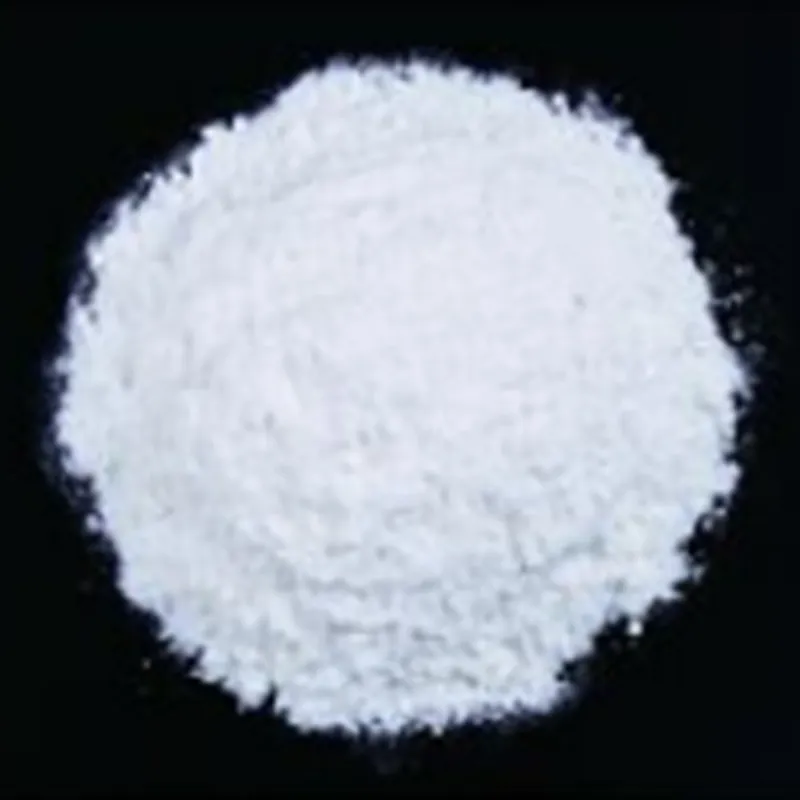
safe food preservatives
The Role of Safe Food Preservatives in Modern Cuisine
In the ever-evolving landscape of food production and consumption, the importance of food preservation cannot be overstated. Food preservatives play a critical role in extending the shelf life of products, maintaining their taste and texture, and ensuring safety from microbial contamination. While the concept of food preservation dates back centuries—think of salt curing meats or fermenting vegetables—the use of modern preservatives has become a nuanced and sometimes controversial subject. It is essential to distinguish between safe food preservatives and those that might pose dangers to human health.
Food preservatives can be categorized into two main types natural and synthetic. Natural preservatives, such as salt, sugar, vinegar, and lemon juice, have been used for generations. They typically inhibit microbial growth and can enhance the flavor of food items. For instance, citric acid from lemons not only acts as a natural preservative but also adds a refreshing tartness to foods. As consumers increasingly lean toward clean-label products, many food manufacturers are revisiting these age-old methods to provide wholesome options that resonate with health-conscious individuals.
On the other hand, synthetic preservatives, which include compounds like sodium benzoate, sorbic acid, and BHT (butylated hydroxytoluene), have garnered mixed reviews. These substances are often more effective than their natural counterparts in inhibiting microbial growth and extending shelf life. However, concerns regarding their safety have led some consumers to question their usage. It's essential to note that regulatory agencies, such as the Food and Drug Administration (FDA) in the United States and the European Food Safety Authority (EFSA), rigorously evaluate the safety of both natural and synthetic preservatives. When used within established guidelines, many preservatives are considered safe.
safe food preservatives

One of the primary benefits of food preservatives is the prevention of food spoilage, which can lead to foodborne illnesses. The Centers for Disease Control and Prevention (CDC) estimates that approximately 48 million Americans fall ill due to foodborne pathogens each year. Preservatives help mitigate this risk by slowing down the growth of bacteria, molds, and yeast. For example, the use of potassium sorbate in cheese helps prevent the development of mold, ensuring that consumers receive a safe and enjoyable product.
Moreover, preservatives also play a significant role in reducing food waste. In a world where one-third of food produced for human consumption is wasted, the strategic use of preservatives can prolong the freshness of products, thereby contributing to more sustainable consumption patterns. By extending shelf life, preserves allow consumers to enjoy their purchases over a more extended period, reducing the likelihood of spoilage before items are consumed.
However, the key to the responsible use of food preservatives lies in transparency and education. As consumers become more informed about their food choices, food manufacturers must provide clear labeling on products, indicating the types of preservatives used. This transparency empowers consumers to make informed decisions aligned with their dietary preferences and health concerns.
In conclusion, safe food preservatives are indispensable tools in modern food production. They provide a means to enhance food safety, extend shelf life, and minimize waste, proving essential in a fast-paced world where convenience and safety are paramount. As we look to the future, a balanced approach that embraces both natural and artificial preservatives, backed by scientific research and consumer education, will be crucial in ensuring that our food remains safe, enjoyable, and sustainable. The conversation about food preservatives is ongoing, but what remains clear is their pivotal role in maintaining the quality of the food we consume.
-
Sodium Dichloroisocyanurate Safety Handling ProtocolsNewsJul.29,2025
-
Mining Chemicals for Copper Extraction Processes GuideNewsJul.29,2025
-
Fertilizer for Sale Shipping and Storage TipsNewsJul.29,2025
-
Dimethyl Disulfide as Sulfurizing AgentNewsJul.29,2025
-
Benzotriazole Safety Data Handling and Storage GuidelinesNewsJul.29,2025
-
Ammonium Bicarbonate Safety Handling Storage GuidelinesNewsJul.29,2025
-
The Transformative Role Of Trichloroisocyanuric Acid in Water TreatmentNewsJul.23,2025
Hebei Tenger Chemical Technology Co., Ltd. focuses on the chemical industry and is committed to the export service of chemical raw materials.
-

view more DiethanolisopropanolamineIn the ever-growing field of chemical solutions, diethanolisopropanolamine (DEIPA) stands out as a versatile and important compound. Due to its unique chemical structure and properties, DEIPA is of interest to various industries including construction, personal care, and agriculture. -

view more TriisopropanolamineTriisopropanolamine (TIPA) alkanol amine substance, is a kind of alcohol amine compound with amino and alcohol hydroxyl, and because of its molecules contains both amino and hydroxyl. -

view more Tetramethyl Thiuram DisulfideTetramethyl thiuram disulfide, also known as TMTD, is a white to light-yellow powder with a distinct sulfur-like odor. It is soluble in organic solvents such as benzene, acetone, and ethyl acetate, making it highly versatile for use in different formulations. TMTD is known for its excellent vulcanization acceleration properties, which makes it a key ingredient in the production of rubber products. Additionally, it acts as an effective fungicide and bactericide, making it valuable in agricultural applications. Its high purity and stability ensure consistent performance, making it a preferred choice for manufacturers across various industries.











